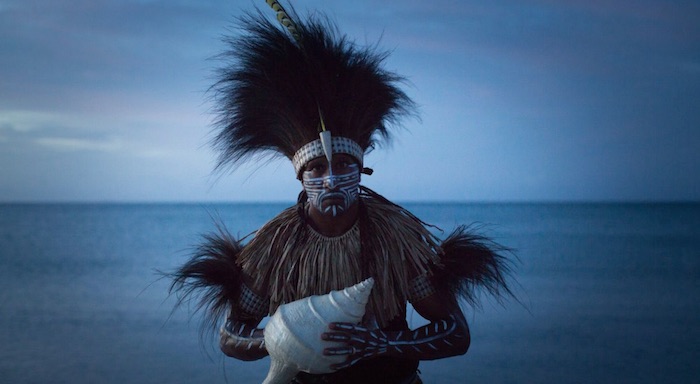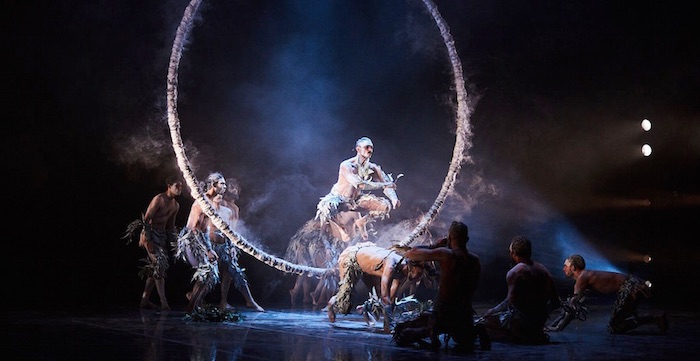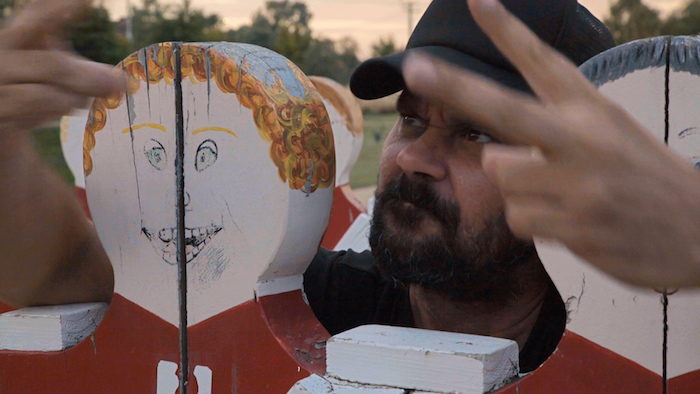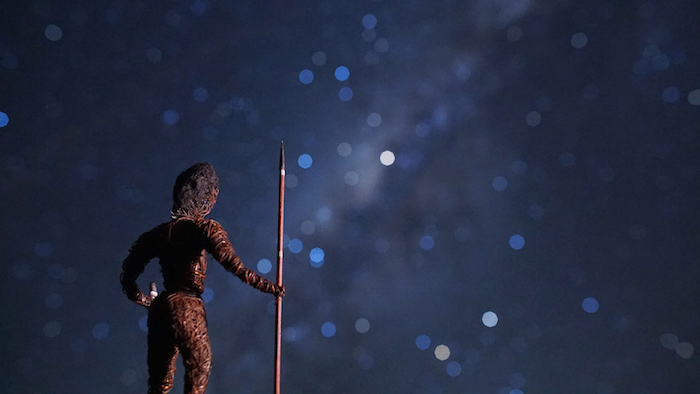THERE'S SOMETHING IN THE WATER
 Saturday, April 18, 2020 at 4:28PM
Saturday, April 18, 2020 at 4:28PM Featuring: Ellen Page, Ingrid Waldron, Michelle Paul, Jolene Marr, Dorene Bernard, Michelle Francis-Denny, Carol Howe, Rebecca Moore, Paula Isaac, Marian Nichols and Louise Delisle.
Directors: Ellen Page and Ian Daniel.
Available on:
Rating: ★ ★ ★ ★
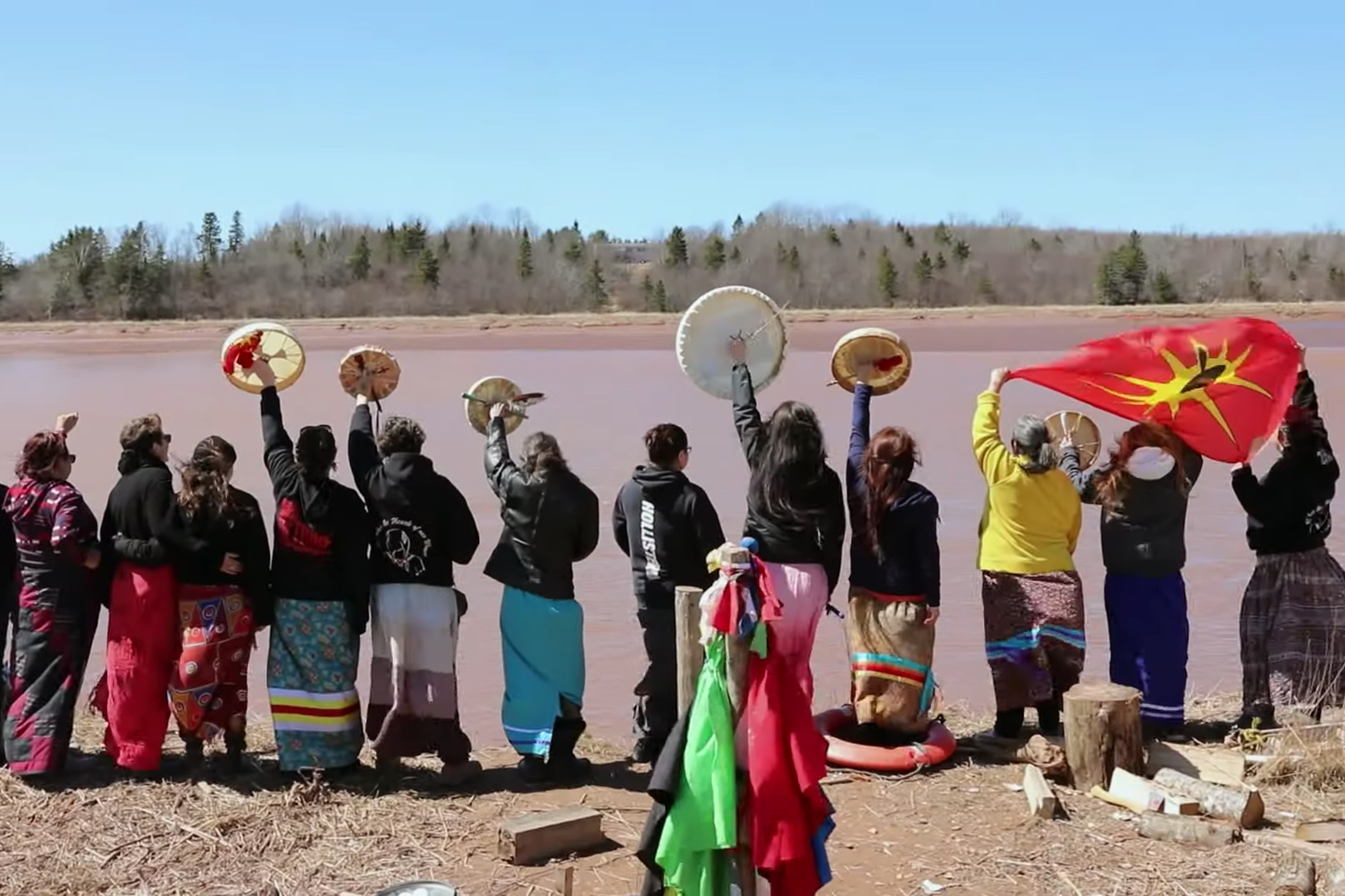
Ellen Page returns to her Nova Scotian roots to document the ongoing exploitation of traditional indigenous lands in There’s Something in the Water. With her ‘Gaycation’ collaborator Ian Daniel sharing camera duties, the Oscar-nominated actress puts her celebrity to good use highlighting the scourge of environmental racism, as it impacts the First Nations people of Canada.
Taking as her starting point the bestselling book by Dr Ingrid Waldron, Page goes deep into her homeland’s heartland to reveal both the human and ecological scarring caused by close to 60 years of government neglect and callous corporate profiteering. Establishing her familial ties to the eastern Canadian maritime province and recalling an appearance on Stephen Colbert’s The Late Show where she passionately addressed the ongoing abuse of indigenous entitlement, Page pinpoints three economically-challenged regions that have long been sacred to the traditional owners but have become shameful monuments of capital-C capitalism.
The first stop is the southern township of Shelburne, historically significant for the role it played in the mid-19th century America as a drop-off point for the Underground Railway; at one point in the country’s history, it had the highest population of African-Americans in Canada. However, in the 1940s, a waste dump was established on the town’s outskirts and remained open until 2016, the resulting stench and seepage of toxins into the water supply now thought responsible for generations of cancer fatalities.
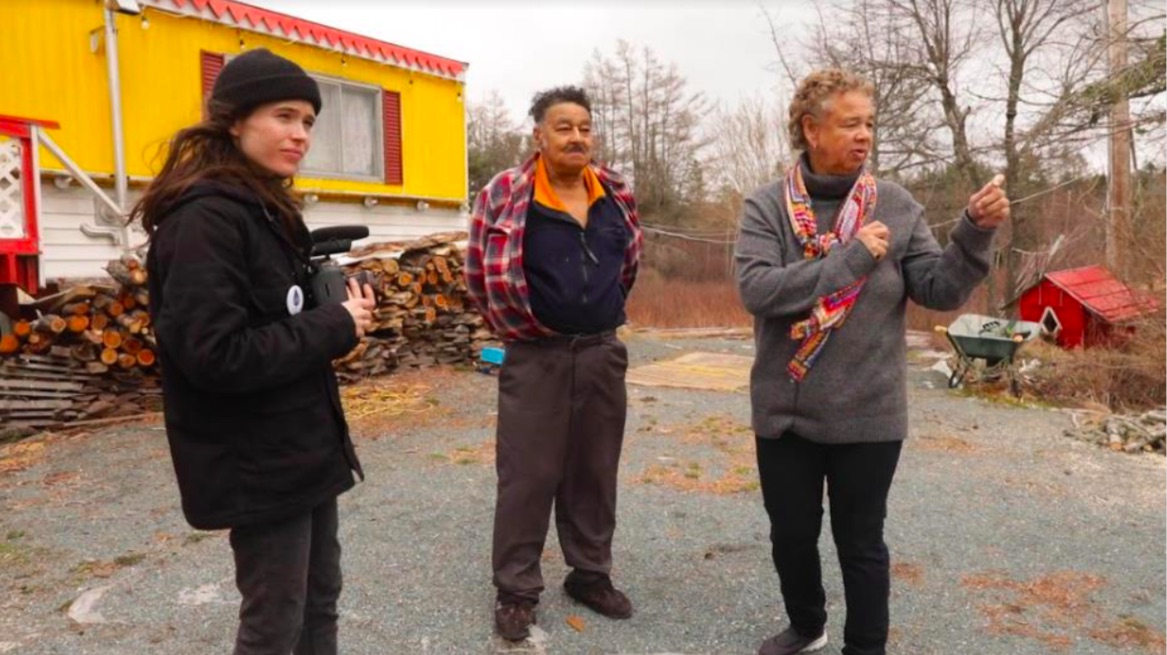
Page and Daniel then travel to the far north, to the Boat Harbour region and traditional lands of the Pictou people. In the film’s most personal account, Michelle Francis-Denny tells the story of her grandfather, an elder Chief in the early 1960s, who was conned into signing over rights to the land by local government officials working in tandem with developers of a proposed paper mill. The waterways, known to generations of Pictou as the spirit-enriching Ossay, were ruined within days. Page gives a face to ‘big business villainy’ in archival footage of one John Bates, the aged white businessman whose indifference to the native population’s suffering is chilling (“So what? They weren’t living in the water.”)
Finally, There’s Something in the Water highlights the ‘Grassroots Grandmothers’, a woman’s collective from Stewiacke who take on the Alton Gas Corporation over the plans to dump mined salts into a sacred river in defiance of M’ikmaq treaty conditions. Their battle with local and federal officials (including a sidewalk face-off with PM Justin Trudeau), stemming from their spiritual bonds with the landscape of their ancestry, closes out the ‘past, present and future’ structure of Page’s matter-of-fact account, an approach that highlights the systemic prejudices and ingrained corruption of Canada’s democracy.
It is not the most elegant film; handheld camera work from a car’s passenger seat takes up an inordinate amount of the 73 minute running time. But perhaps a film that captures waves of sewerage vapour gliding towards a helpless population, or recounts the alcoholism and suicides that are the by-product of a community’s collapse need not purify its approach for aesthetic gain. There’s Something in the Water tells an ugly story about the horrendous exploitation of a proud people and their beautiful land, so urgency and honesty over artistry seems entirely appropriate.
 Documentary,
Documentary,  Environmental,
Environmental,  Independent,
Independent,  Indigenous,
Indigenous,  Netflix
Netflix 
